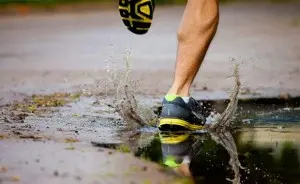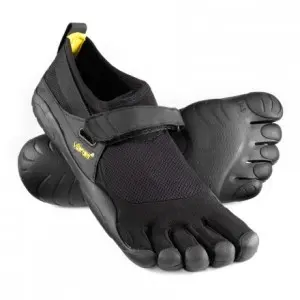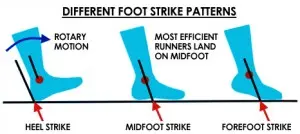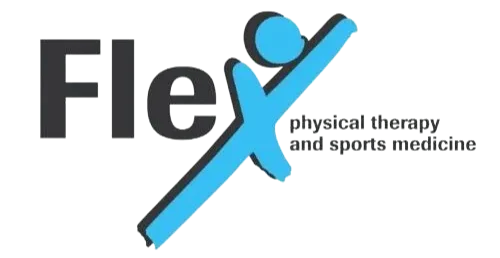
Running is Popular
Endurance running is one of the most popular forms of exercise in the United States. A Timex survey reported nearly 75% of people in the U.S. run for exercise during a given two week period. Why is running so popular? Some would argue that it is something our bodies were fundamentally built for, citing that: we are one of a few animals that can breathe separate from our strides, we are able to regulate our body heat better than most animals with our ability to sweat, and we have huge calf muscles with plenty of slow twitch fibers that allow us to spring along with little effort. All of these adaptations allow us to be one of the fastest and most efficient long distance runners in the world. In fact, in a 50 mile race that pits horses against humans, people regularly win. Others would argue that running is simply one of the easiest forms of exercise because all you need is a pair of shoes. In either case, running is very popular across the population.
Running Injuries
Hundreds of studies have been completed on the incidence of running-related injuries, and many report more than 50% of regular runners are injured every year. This draws out the question: if we are built to run, why does it hurt us? The definite reasons behind this are unclear, but we’ll explore a few that seem to be the most common, as well as how you can avoid them.

Running Shoes
First, one of the biggest changes in running over the past 50 years has been the invention of the “modern” running shoe. In 1972, Nike released the Cortez track shoe and this changed the running shoe industry forever. The biggest difference in the Cortez from the other shoes people had been running in was a lifted heel designed to “propel” the runner and reduce stress on the Achilles tendon. Since then running shoes have continually added features such as pronation control, arch supports, and stabilizers to name a few, all in efforts to “help” runners be faster and have fewer injuries. One question that arises with these modifications is, if you reduce stress on the Achilles and prevent the foot from moving normally, where does that stress go? This has been one of the main points that the minimalist shoe movement has argued. The foot’s main purpose, by its structure, is to act as a shock absorber with the Achilles and calf muscles a spring to reduce the force that is translated into the other joints- especially the knees. One could argue for hours for or against minimalist running and whether or not it is how we were “born to run.” Personally, I run minimalist in Vibrams and have no intentions of switching back to a modern running shoe. However, as a physical therapist, I understand that minimalist running is not for everyone. My idea of an ideal running shoe is one that is comfortable, light, and fits your foot strike pattern.
Shoes and Running Mechanics
Foot strike is the position your foot is in when it hits the ground while running. Most people who wear modern running shoes have a heel strike, meaning their heel hits the ground first, followed by their toes. This strike pattern tends to cause higher impact through the ankle, knee, and hip joints, requiring the shoe to have a thick, cushioned heel to absorb the shock. A forefoot strike occurs when the ball of your foot hits the ground first. Your heel may or may not still hit the ground depending on the runner. This pattern puts more stress on the foot and ankle, however, if the muscles are strong enough, this has a much lower impact across the joints. Most forefoot strikers run in shoes with little to no heel lift in their shoes, otherwise they would have to point their foot abnormally far to maintain their forefoot strike pattern.

Then there is the midfoot strike pattern that lands somewhere in the middle. If you know your foot strike pattern, choose shoes that match. If you want to change your foot strike pattern, especially from a heel strike to a forefoot strike and make the transition into minimalist shoes, please do your research or talk to an expert. Minimalist shoes tend to get a bad reputation not because they are bad for your feet, but because people transition improperly and injure themselves in the process. Finally, if you don’t know your strike pattern, find someone who can analyze your running and help you make the right choices. If you’re looking for somewhere to go to get help with your running, we have a new program at Flex Physical Therapy designed to assess and improve your performance! We can answer all your questions, help you with any nagging injuries, and hopefully make you the best runner you can be!
More to Come
Over the next few weeks keep an eye out for more posts to explore some of the other reasons running related injuries occur and how you can prevent them! At Flex Physical Therapy, Josh Bintz, PT specializes in treating running injuries and making recommendations on proper running form and footwear. Call now for an appointment, 1-800-930-8803!


